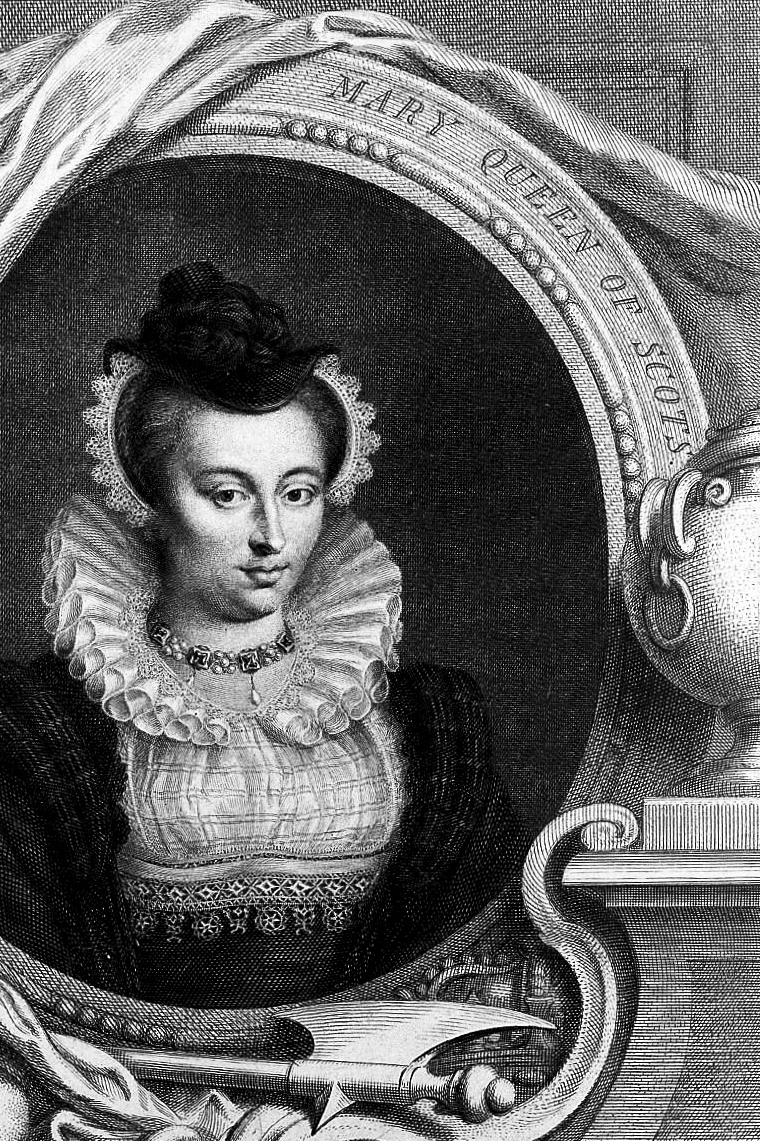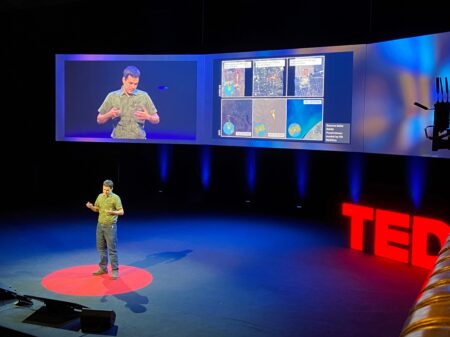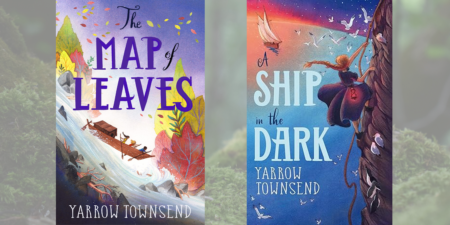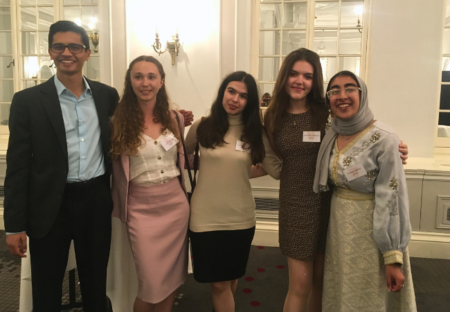So my big news is … I got my first film credit. After a full five minutes of rolling gaffers and best boys and wig makers on the 2018 movie Mary Queen of Scots, I squeeze in as ‘Historical advisor’.
In fact it’s a misnomer, since what I actually did was to look over the script several times during the summer and autumn of 2017 and make suggestions that tried to serve the balance the director wanted between natural dialogue and something broadly compatible with the period setting. (The scriptwriter, Beau Willimon, is well-known for modern dramas such as the American House of Cards.) So I suggested that ‘chambers’ was a more sixteenth-century term than ‘rooms’, and that the use of ‘passed’ to mean ‘died’ was a very modern and rather jarring element. I suggested that not much was known of Hadrian’s Wall in this period so it probably couldn’t serve as a trope for a division between England and Scotland. It seemed to me unlikely that a Protestant nobleman would describe his love for his wife as ‘worship’, and that ‘upset’, meaning disturbed, was a rather later coinage.
Working on the script brought home to me how little of women’s direct speech is preserved from history
This was really interesting work for me, since it involved listening to the dialogue and wondering whether it sounded right. Or, more accurately, whether it sounded compatible with the range of largely literary English from the period with which I’m familiar. Particular bits of vocabulary could easily be checked in the Oxford English Dictionary’s historical definitions, which often reveals how words change over time: ‘intimate’, for instance, does not carry its contemporary physical or emotional meanings until the mid-seventeenth century, a hundred years after the events of the film: ‘wedding’ works as a verb but not a noun for this period. What was more difficult to look up were pieces of syntax and phrasing. I used some digital collections of historical documents and literary texts to search for certain forms of words to corroborate my sense of their unfamiliarity in this context. Sometimes it was hard to propose workable alternatives. We struggled over a line where a servant goes to prepare a bed for Mary – a completely ordinary action, but one that was surprisingly tricky to pitch in a naturalistic way. I made use of a resource some Hertford English alumni may remember from their research into the history of the language, an online historical thesaurus from the University of Glasgow which made it possible to find backwards synonyms. Working on the script brought home to me how little of women’s direct speech is preserved from history: the scene in which Mary discusses sex and men with her ladies in waiting was almost impossible to connect to any archival or literary analogue. Women must have had these conversations, but it’s hard to hear them at this distance.
Most of my work, then, was with the editorial blue pencil, removing material that was sufficiently anachronistic to draw attention to itself and thus away from the emotion of the scenes. The snippets I proposed as patches were so insignificant as to go unnoticed in the final script, since that was their purpose. We wanted an unobtrusive script so as to allow the story to unfold: this was not an exercise in historical reconstruction, but nor was it intended as a modern alienation effect. There is one word, though, that I proudly lay claim to in Mary Queen of Scots. As John Knox (played as a bearded religious fundamentalist by David Tennant) gets more and more toxic about Mary’s reign, he develops an extended pulpit misogyny to denounce her. I remembered a vilely evocative word for a prostitute from a court report from the period: polecat. It made the final edit.
Working on a film script was an interesting development of work I’ve done on several occasions with its director, Josie Rourke, in the theatre. But everything about the film world – budgets, resources, sense of success or failure, visibility – is on an entirely different scale. And so too is the outcry. Along with some other contemporary films on historical subjects, including The Favourite and Vice, Mary Queen of Scots does not aim primarily at historical accuracy, but at narrative coherence and relevance. Since this is exactly what Shakespeare did with his historical source material, it did not seem to me to be particularly controversial. I wouldn’t expect a historical fiction to be historical fact: the clue’s in the name. But many people on social media were very annoyed at what they saw as the failings of my role as ‘historical advisor’, in particular because, as I was told repeatedly, the rival queens Elizabeth and Mary never met in real life, but they do in the film. It reminded me of the scene Shakespeare writes in Richard II, contrary to all his sources, where Richard abdicates in front of the laconic Bolingbroke (these two never met in real life in this way either). Both historical fictions understand that the rhythm of narrative requires a protagonist and an antagonist, and that it is thematically and emotionally satisfying to bring these arcs together in a meeting.
This storm in a historical teacup was useful in prompting me to wonder whether historical accuracy was expected or assumed by Shakespeare’s first audiences, and I’ve been researching truth claims in historical writing of the sixteenth and seventeenth centuries in preparation for a plenary lecture at a conference on historical drama of the period. It seems that early modern audiences were more sophisticated and knowing consumers of historical fiction than some of their twenty-first century counterparts. My own brush with the modern film industry helped refine some of my go-to analogies about early modern theatre and cinema, but it has also stimulated some new research about the idea of ‘true history’ in fictional contexts. If I don’t get the call from Hollywood, I’ll just have to fall back on scholarship to pay the bills.



